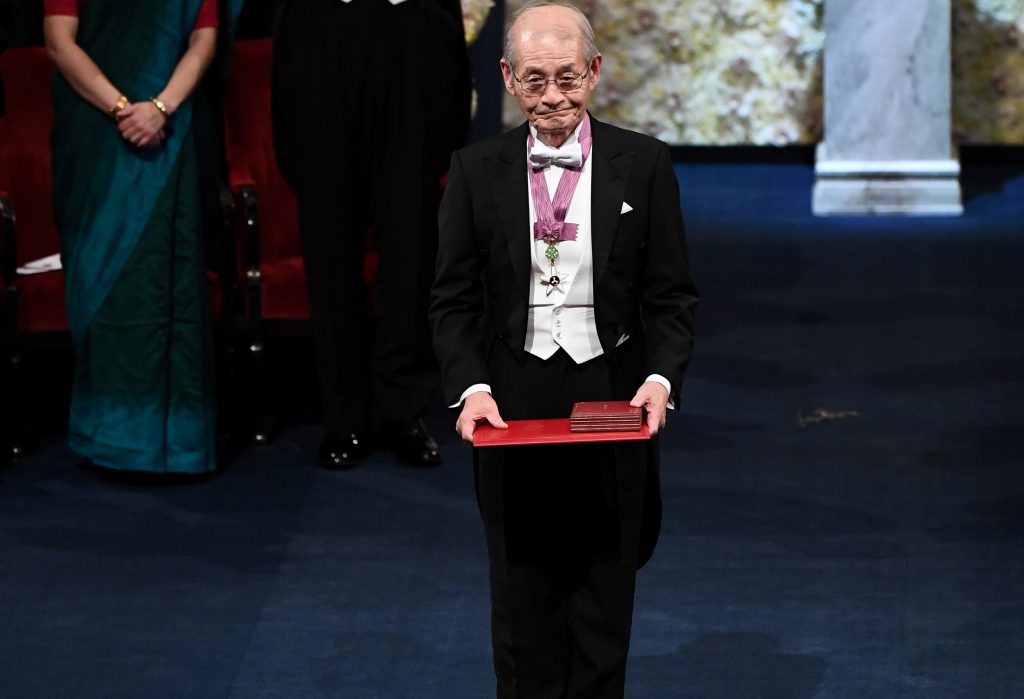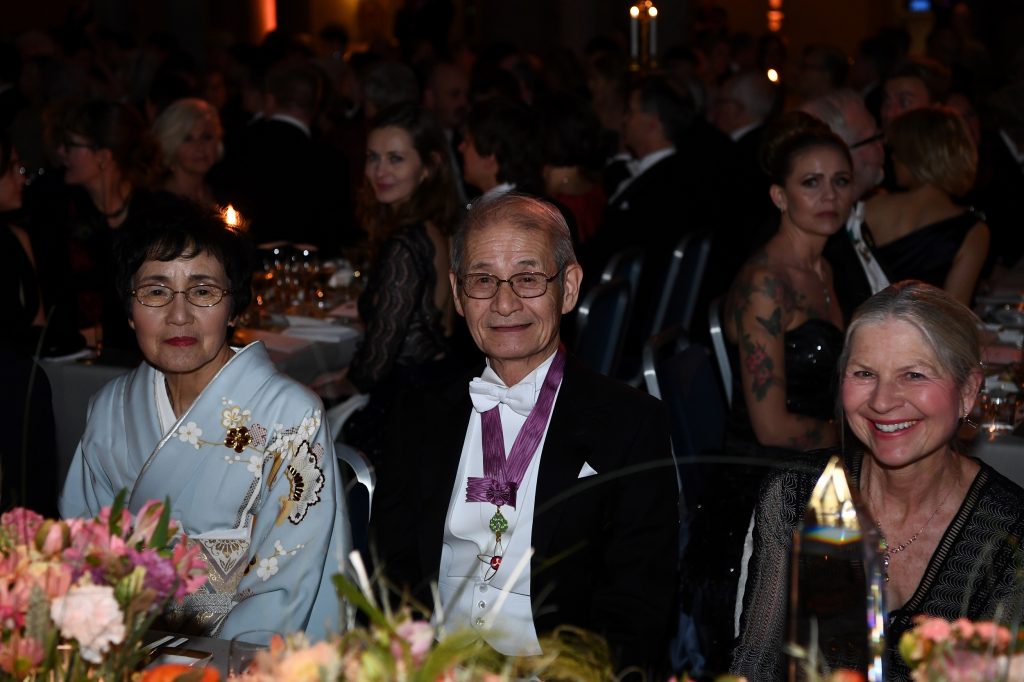



Tokyo
Japanese researcher Akira Yoshino was once pushed to the edge of giving up his research on lithium-ion batteries, for which he and two other scientists won this year's Nobel Prize in Chemistry.
When Yoshino started his research on the batteries in 1981, he led a team of six including himself at Japanese chemical maker Asahi Kasei Corp.
But the company soon reduced the team to four members. It planned to transfer the remaining researchers to other research projects if the team failed to produce results.
Yoshino, 71, now honorary fellow of Asahi Kasei, later confessed, “We only had half a year of life left.”
According to Kenichi Sanechika, 64, who was a colleague of Yoshino at the time, Yoshino never talked about the time limit they faced even though the team was on the brink of dissolution.
Yoshino seemed determined to keep his younger colleagues concentrating on the research. This drove Sanechika and others to work hard, said Sanechika, currently technical adviser at the Japan Science and Technology Agency.
The research reached a deadlock as the team was unable to find a good material for the positive electrode. Yoshino made a breakthrough, however.
The research rapidly progressed after Yoshino hit upon the idea of using lithium cobalt oxide when he happened to see a research paper following a year-end room clean in 1982. The paper was written by John Goodenough, one of his two cowinners.
“Such a thing does not happen unless you always think about the best material,” Sanechika said. “He always looked one or two steps ahead.”
Yoshino was long regarded as a likely winner of the Nobel Prize, given the widespread use of lithium-ion batteries, including in personal computers, smartphones and electric vehicles.
On Oct. 9 this year, Sanechika awaited the announcement of this year's Nobel laureates at home. He was “delighted and excited” when he saw Yoshino's name, recalling the tough times they had shared.
Two weeks later, Yoshino appeared at a gathering of former members of the research team. Sanechika said, “We had difficulties at the time, didn't we?”
“Yes,” Yoshino said with a smile, looking nostalgic.
“I hope we can get together to congratulate him when he is less busy,” Sanechika said.
Jiji Press